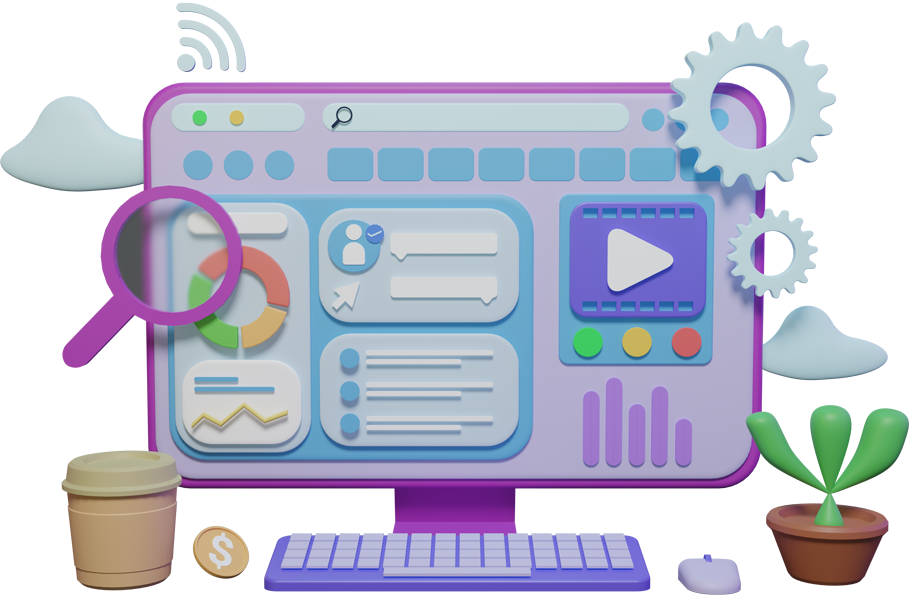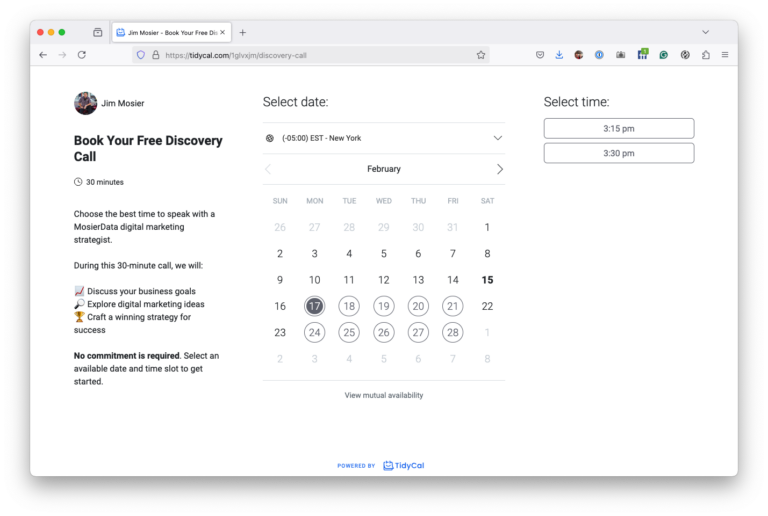If you have invested time and resources to assure that your website has both interesting content and bright, arresting graphics; all of the work put into your site will be for nothing if it doesn’t load quickly enough. At a time when user attention spans are shorter than ever, load time needs to be exceedingly fast. If your company is exclusively e-commerce, a slow site could put you out of business. Most customers will not return to your website a second time if your site is frustratingly slow. With that in mind, here are five ways to boost your site’s speed.
If you have questions regarding your load times, you should test your site to find out how fast (or not very fast) it will load. Various websites are available that let you test your site’s speed, among these, are: Google Pagespeed Insights, GTmetrix and Pingdom, all of which will analyze your speed and report the results. If the outcome shows that your company’s site is loading as if it were on a 1997 dial-up modem, you need to make changes. What kind of changes? Read on.
If your company’s customer base is international, then you need to ensure the distance from your server is not an issue. The use of a content delivery network (CDN) is a series of servers spread out over several continents, so your distance from a customer won’t impact that load times.
Pictures and graphics that are too large and lengthy video files can reduce a website’s speed significantly. Compressing the size of a picture can help load times. If you need use to use an image, but it is just too big, then tools like Tiny PNG and squoosh reduce the space an image uses.
If a customer is interested in a particular product you sell and wants more information about it, you don’t need to include every detail about your company; it will involve too many image files which will create slower load times. The use of so much information could be a waste as the customer might not even scroll down to view the pre-loaded images. As an alternative, use a web design procedure known as lazy-loading. It will reduce the resources needed to load by delivering only the images and text that your customer will see. WordPress has lazy-loading tools such as Infinite Scroll; it will only load content when the customer scrolls down the page.
Remember site hosts with slower load times and high downtime are absolute poison to e-commerce. Sharing a host means that when your customer wants to download something, the bandwidth may not be there. Discount sites also are notorious for having excessive downtime. If your customer tries to visit your website, but they get an error message, they will likely think you are out of business. Be sure to bypass shared and discount sit

